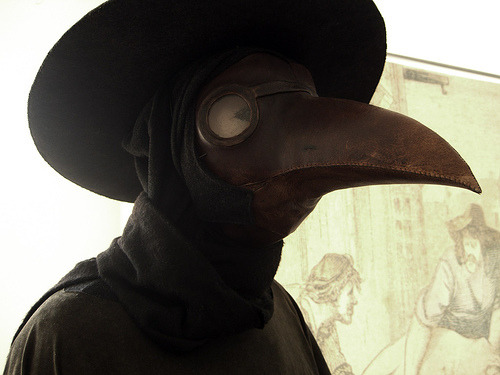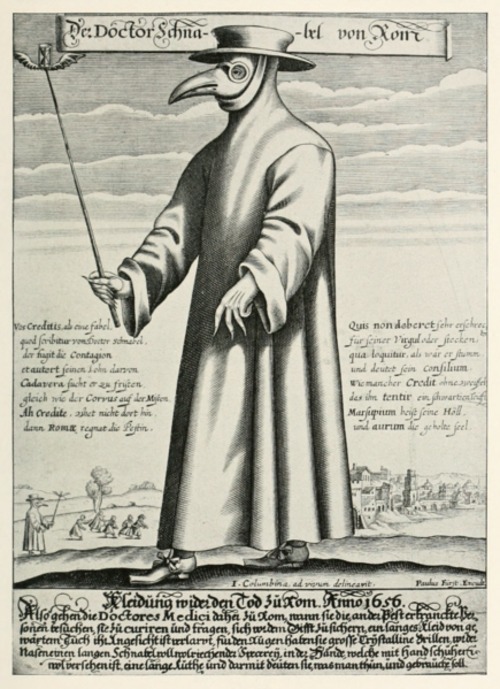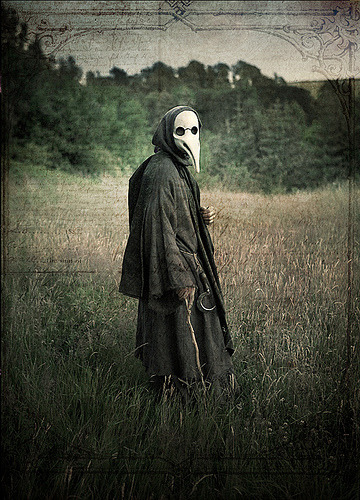History Lesson - Blog Posts
On a hot air balloon, September 21st 1783
Sheep: Dear heavens, there is fire. What is happening. Rooster: Hey, hey, hey, watch this. Duck: Why are we here Sheep: WHY ARE WE FLOATING?!!! Why am I here?!!! *The sheep was chosen because it was believed to be a reasonable approximation of a human's physiology and psychology*
I imagine the rooster and duck were chosen because, presumably, birds would remain calm when flying in a hot air balloon.
Someone show me a rooster that has ever been calm.
Next interrailing escapes stop, Amsterdam!
A new destination with new possibilities! Now we have reached to the next city in our interrailing escapes - Amsterdam! Which is the Netherlands largest city by inhabitants, hence Haag is their real capital city. Amsterdam is well known for its culture and flourish of museums such as van-Gogh museum, Anne Frank house, Rijksmuseum and Rembrandt museum. Nevertheless, we want to fulfill this destination with the most experiential and authentic accommodations, bars, cafes, restaurants and activities.

So, have you ever wondering why the Netherlands is also called holland and why the people is called Dutch? Well in Old English dutch meant nation or people, which also explains why Germany is called Deutschland in German. In the early 1500s, parts of Germany and the Netherlands, along with Belgium and Luxembourg, were all part of the Holy Roman Empire. And over time, English-speaking people used the word Dutch to describe the people from both the Netherlands and Germany. Hence, they specifically phrased High Dutch, referring to people from the mountainous area of what now is southern Germany. Low Dutch referred to people from the more flatter lands, what now is the Netherlands. The Netherlands was back then used to describe people from the low-lying (nether) region (land). The term was spread and widely used in the whole Europe, and when they became a separate and formal country in 1815, they became the Kingdom of the Netherlands. However, the word Holland literally meant wood-land in Old English and originally referred to people that were from the northern region of the Netherlands, and over time it came to apply to the entire country. Now you have some background knowledge to impress the Dutch with when you are in Amsterdam! Stay tuned for hostel, bar, restaurant and activity tips and tricks!
“Nico Di Angelo is a token gay! His coming out scene sucked!” babes I’m BEGGING you to remember 2013 gay characters were not allowed in children’s media.
Lemme say that again: In 2013, it was expected that gay characters would be censored in children’s mass media.
Remember Korra? How she and Asami had to settle for ambiguous handholding rather than a kiss? That was fully a year after House of Hades came out. Nickelodeon said No Gays, the Children™ can’t handle that. Too risky. And people said man that stinks, but that’s how these things go in 2014 America.
Gay marriage was literally still illegal in the vast majority of US states. As of October 8th, 2013 (House of Hades release date) Gay Marriage was only a thing in thirteen fucking states. California had only legalized it that year.
Gay people were still very much on the fringes of society. It was an acceptable political position on both sides of the aisle to be against the existence and equal rights of gay people.
Nico was legitimately a landmark character in queer representation. To my knowledge, there wasn’t before an openly gay main character in a bestselling ya/middle grade fantasy fiction series. It simply was not a thing. They didn’t exist. They weren’t allowed to exist.
I remember people crying. Finally. It was a watershed moment. Kids all across the world finally got someone who represented them. It was such a big fucking deal. And it was controversial!!! Not for the reasons it is today, but because people thought gay kids having representation was inappropriate.
Is Nico’s coming out a great scene? No, these days it leaves a lot to be desired. It’s not perfect by any stretch of the imagination and I’m sure Rick wishes he could change it. But the fact that’s the case is a wonderful reflection of how far we’ve come.
All of your gay heroes in children’s media have Nico Di Angelo to thank. It was important, and good. It deserves to be celebrated, even if we’ve progressed past it since.
DAY OF THE DEATH OFFERINGS (ALTARS) IN MEXICO

The offering (altar) for the dead should have several essential elements, and each of them has their mysticism:
Water. The source of life is offered to the souls to quench their thirst after their long journey and to strengthen their return. In some cultures symbolizes the purity of the soul.
Salt. The element of purification, serves so that the body is not corrupted in its round trip for the following year.
Candles. Ancient Mexicans used ocote slices. Today the candle is used; the flame it produces means faith and hope. It is a guide for the souls so they can reach their old places and return to their home. In several indigenous communities, each candle represents a deceased, that is, the number of candles that the altar will have will depend on the souls that the family wants to receive. If the tapers or candlesticks are purple, it is a sign of mourning; and if four of these are placed on a cross, they represent the four cardinal points, so that the soul can orient itself until it finds its way and its home.
Copal and incense. The copal was offered by the natives to their gods since the incense was not yet known, it arrived with the Spanish. It is the element that sublimates prayer or praise. Fragrance of reverence. It is used to cleanse the place of evil spirits so that the soul can enter your home without any danger.
Flowers. They adorn and aromatize the place during the soul's stay, which will leave happy when it leaves, the wallflower and the nube cannot be absent because they mean purity and tenderness, and they accompany the souls of the children.
In many parts of the country it is customary to put petal paths that serve to guide the deceased from the holy field to the offering and vice versa. The leafless yellow flower of the cempasuchil (Zempoalxóchitl) is the path of color and smell that trace the routes to the souls.

Petate. Among the many uses of the petate are that of a bed, table or shroud. On this particular day it works for the souls to rest as well as a tablecloth to place the food of the offering.
Izcuintle. This one should not be missing in the altars for children, it serves as a toy so the souls of the little ones feel happy when they arrive at the banquet. The izcuintle dog is the one that helps souls cross the mighty Chiconauhuapan river, which is the last step to reach Mictlán.

Bread. Made in different ways, bread is one of the most precious items on the altar. The most common one is the “bread of the death”, a bread sprinkled with sugar that symbolizes the bones of the living.

Gollete y cañas. Related to the tzompantli. The golletes are loaves in the shape of a wheel and are placed in the offerings supported by pieces of cane. Depending on your upbringing, they may symbolize the skulls of the defeated enemies and the cañas the rods where they were threaded OR the roundness of the gollete may symbolize the circle of life and the cañas the life passing through towards dead.

Other objects to commemorate and offer to the faithful departed are:
The portrait of the person remembered, in more traditional offerings it must remain hidden, so that it can only be seen with a mirror, to imply that the loved one can be seen but no longer exists.
The image of the Souls of Purgatory, to obtain the freedom of the soul of the deceased, just in case it is found in that place, to help it get out.
Other images of saints can be placed, to serve as a means of interaction between the dead and the living, since on the altar they are synonymous with good social relations. In addition, they symbolize peace at home and the firm acceptance of sharing food, such as apples, which represents blood, and kindness through the pumpkin in tacha candy.
The mole with chicken, hen or turkey, is the favorite dish that many indigenous people from all over the country put on the altar, although they also add barbecue and consommé. These dishes are that trail of aromas, the kitchen banquet in honor of remembered beings. Good food is intended to delight the soul that visits us. It is most traditional to place foods that were the favorites of the deceased that are awaited for the night. If adult souls are expected, you may find wine on the altar.

Chocolate water. Pre-Hispanic tradition says that the guests drank chocolate prepared with the water that the deceased used to bathe, so that the visitors were impregnated with the essence of the deceased.
Another very common element are sugar skulls. Medium sugar skulls are allusion to the ever-present death. The small skulls are dedicated to the Holy Trinity and the big one to the Eternal Father.

A washbasin, soap and towel can also be placed in case the soul needs to wash its hands after the long journey.
This post follows what the INPI (National Institute of Indigenous People) says about the Mexican Day of the Dead on its official page.


A traditional cultural garment expresses an identity through clothing, which is usually associated with a geographic area or a period of time in history. It can also indicate social, marital or religious status. The clothing is used to represent the culture or identity of a specific ethnic group, it is also known as ethnic dress, ethnic wear, ethnic clothing, traditional ethnic wear or traditional ethnic garment. Such clothing often come in two forms: one for everyday occasions, the other for traditional festivals and/or formal wear.
The catrina is a traditional cultural garment. Its culture. It's not a costume. Its traditional clothing wore in a traditional festival/holiday that's associated with a period of time and a political and social denunciation of hypocrisy.
Its not worn everyday because it's a festival traditional garment and thats the whole fucking point.
This

Is

Not

A

Costume

It

Is

Mexican

Culture


IT👏IS👏NOT👏A👏COSTUME👏
It's original name is Calavera Garbancera (Chickpea Skull) and was created in Benito Juárez, Sebastián Lerdo de Tejada and Porfirio Díaz governments to express the discontent of the people and was a symbol of social and political denunciation that eventually became a traditional wear for day of the dead. This wear is called La Catrina, its not a representation of dead itself but that of a dead woman, and it was created by cartoonist José Guadalupe Posada.
(this 👇 is the original calavera garbancera engraved in metal)

Back then texts called calaveras alegres (cheerful skulls) were written by middle class people critiquing in a mocking way the upper class and the country's situation and were published in "combat newspapers" - this texts were accompanied by drawings of skulls and skeletons dressed in gala clothes, drinking pulque, riding on horseback and in high society parties but all of this in lackluster neighborhoods to represent the misery, the political mistakes and society's hypocrisy.
Origin of the name cheakpea skull: cheakpea merchants were notorious for being indigenous people that tried to pass as European and denied they're indigenous origins and their culture. They would dress in high class clothes but live very precariously. Posada tried to convey that in this work of art that was a critique to the Mexicans that were poor but tried to sustain an European lifestyle that they couldn't afford.
Originally she was naked except for a very big and elegant hat with ostrich feathers. Diego Rivera dressed her up and gave her the name La Catrina when he painted this mural 👇

(Catrin was the name given to extremely elegant and wealthy Mexican aristocracy in XIX)
Posada said this about his inspiration: "Death is democratic. Blonde, brunette; rich, poor; everyone ends up being skulls" and this quote is basically the reason she became so traditional on the day of the dead, since it represents so well mexicans point of view about it.
And the texts that accompanied her (the cheerful skulls) became the calaveritas literarias (literary skulls) which are traditionally Mexican verse compositions that are written on the eve of the day of the dead as a manifestation of culture to make fun of both the living and the dead, and remember that we are all going to die. They are written in a satirical or burlesque language and are very short texts that reflect all the spirit and festivity in the face of death.
This

Is

Not

A

Costume

It

Is

Mexican

Culture



